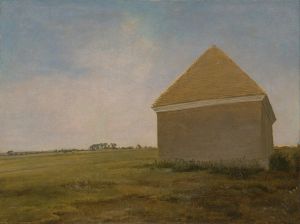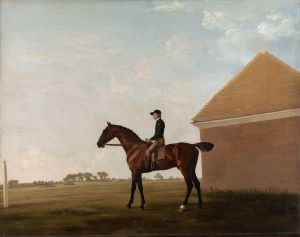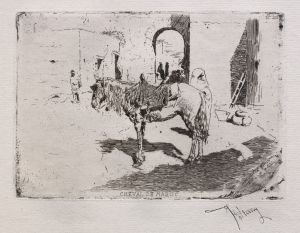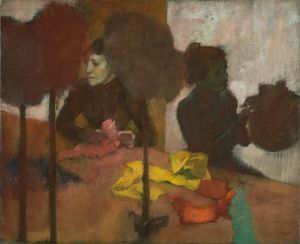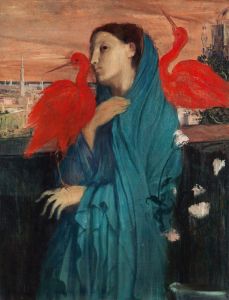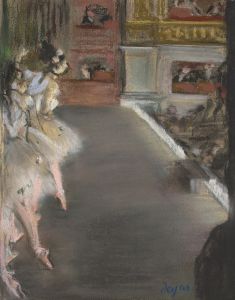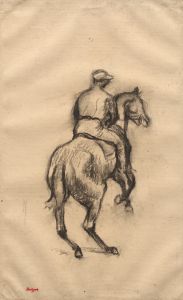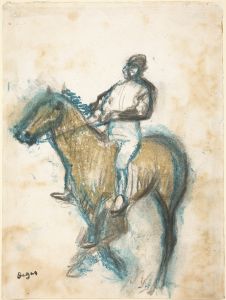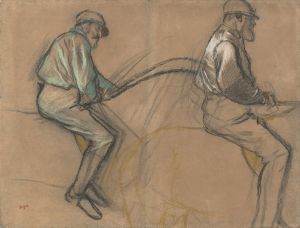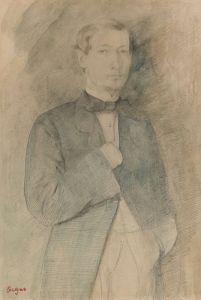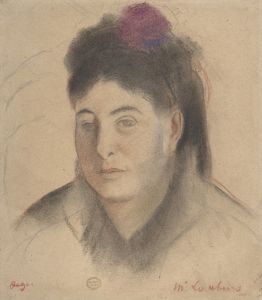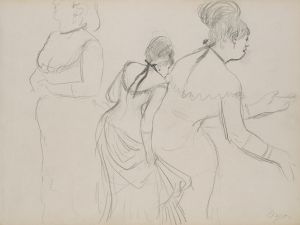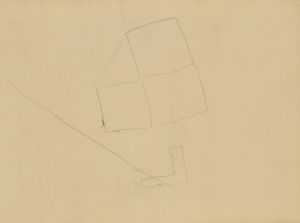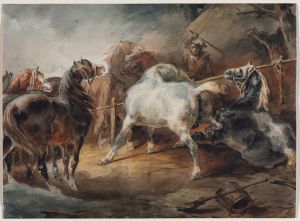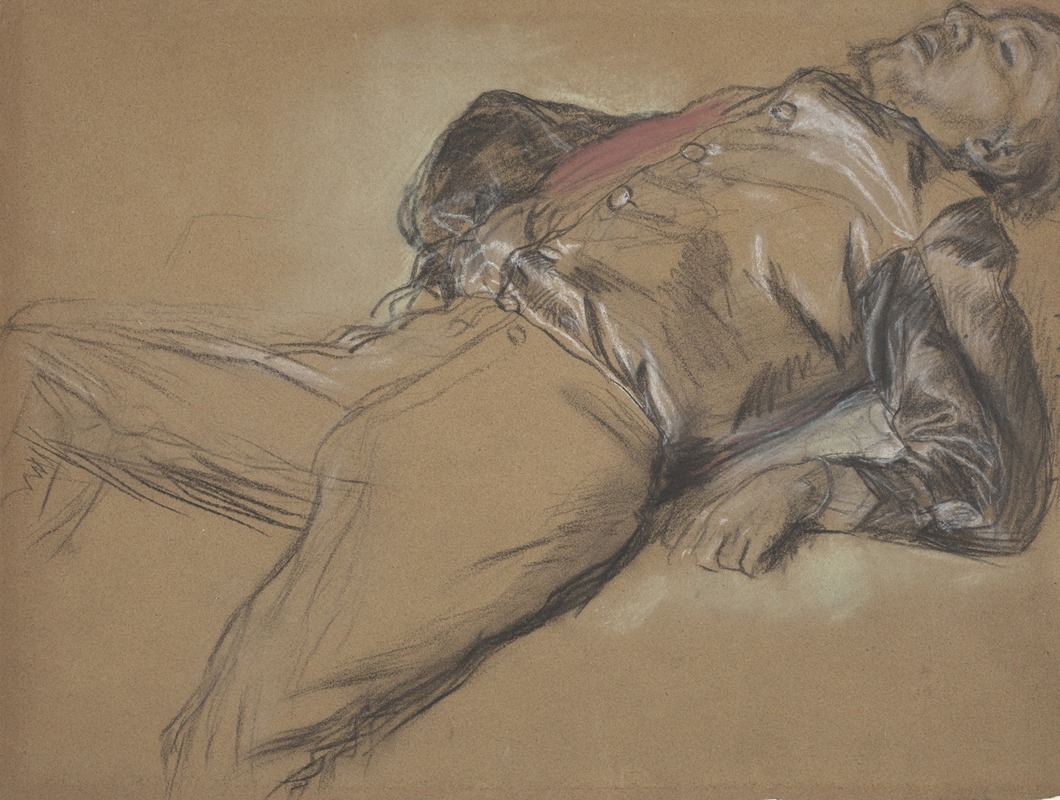
Fallen Jockey
A hand-painted replica of Edgar Degas’s masterpiece Fallen Jockey, meticulously crafted by professional artists to capture the true essence of the original. Each piece is created with museum-quality canvas and rare mineral pigments, carefully painted by experienced artists with delicate brushstrokes and rich, layered colors to perfectly recreate the texture of the original artwork. Unlike machine-printed reproductions, this hand-painted version brings the painting to life, infused with the artist’s emotions and skill in every stroke. Whether for personal collection or home decoration, it instantly elevates the artistic atmosphere of any space.
"Fallen Jockey" is a painting by the renowned French artist Edgar Degas, who is widely celebrated for his contributions to the Impressionist movement, although he preferred to be associated with Realism. Degas is best known for his depictions of dancers, but he also explored various other subjects, including horse racing, which was a popular theme in 19th-century French art.
"Fallen Jockey" was created in 1866 and is one of Degas's early works that reflect his interest in the dynamic and often unpredictable nature of horse racing. This painting is notable for its depiction of a dramatic moment in a race, capturing the fall of a jockey from his horse. The work exemplifies Degas's fascination with movement and his ability to convey a sense of immediacy and action.
The composition of "Fallen Jockey" is characterized by its dynamic arrangement and the use of perspective to draw the viewer into the scene. Degas employs a diagonal composition, which enhances the sense of motion and instability. The fallen jockey is depicted in the foreground, with the horse in mid-stride, emphasizing the suddenness of the fall. The background features other horses and jockeys continuing the race, highlighting the relentless pace of the event.
Degas's technique in this painting demonstrates his skillful use of color and light to create a vivid and realistic portrayal. He employs a palette of earthy tones, with the jockey's attire providing a contrast to the natural hues of the horse and the racetrack. The use of light and shadow adds depth to the scene, enhancing the three-dimensional quality of the figures.
"Fallen Jockey" is also significant for its reflection of Degas's interest in photography, which was an emerging technology during his lifetime. The painting's composition and the way it captures a fleeting moment suggest the influence of photographic techniques, such as cropping and the focus on a specific action.
This work is part of Degas's broader exploration of modern life and the various activities that defined it. Horse racing, with its associations of speed, competition, and the unpredictability of the outcome, provided a rich subject for Degas to explore themes of movement and the human experience.
"Fallen Jockey" is housed in the collection of the Musée d'Orsay in Paris, which holds one of the most comprehensive collections of Degas's works. The painting is an important example of Degas's early exploration of themes and techniques that he would continue to develop throughout his career.
Overall, "Fallen Jockey" is a testament to Edgar Degas's innovative approach to capturing the essence of movement and his ability to convey the drama and excitement of contemporary life through his art.





